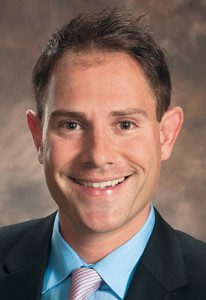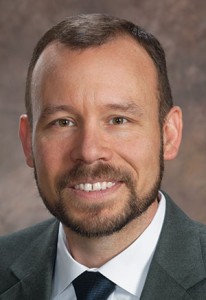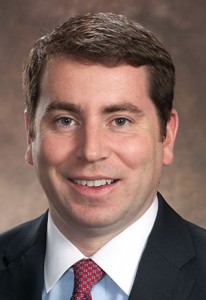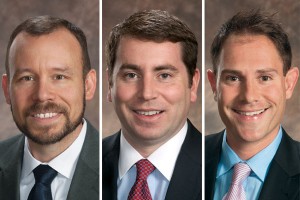Whether it’s in the technical or business regulatory arena, the well being of pest management professionals is top of mind.
- headshot: Andy Architect
- headshot: Jim Fredericks
- headshot: Andrew Bray
Since its inception in 1933, the National Pest Management Association (NPMA) has grown into the biggest advocacy organization and go-to source for just about anything related to the U.S. pest industry. It is largely a two-pronged tool of industry advocacy: One prong addresses the needs of its membership and the other acts as a bridge to the industry en masse.
The industry relations team includes, among others, Andy Architect, chief industry relations officer; Andrew Bray, director of public policy; and Pest Management Professional (PMP) “Callback Cures” columnist Dr. Jim Fredericks, vice president of technical and regulatory affairs. Under new leadership, they’re setting goals for the NPMA and organizing strategies for the future.
“We’ve worked hard to combine the technical expertise of the NPMA’s Ph.D. entomologists with staff who are well versed in the legislative and regulatory process,” says Architect. “These individuals have an in-depth understanding of the makeup of our industry and a strong connection with our team members at the [Professional Pest Management Alliance, or PPMA].”
Dr. Fredericks agrees, noting that one of the team’s most pressing goals for 2016 is to lead the industry in a collective and coordinated strategy on fumigation stewardship.
“With the 2018 registration review process and several misuse cases in the last year, the NPMA industry relations team has laid out a plan over the next 12 months to meet with stakeholders, including applicators, manufacturers, distributors, and state and federal regulators,” he says.
In addition to fumigation, much of the NPMA’s energy is focused on local and state bans of pesticides.
“Activist groups are petitioning municipalities, cities and states without preemption to ban pesticides,” Bray says. “The NPMA has implemented a program in which states appoint a State Policy Affairs Representative [SPAR] to coordinate efforts between the state and NPMA in response to the proposed bans.”
According to Bray, it’s important that all SPARs understand the challenges of educating lawmakers at the local and state levels.
“They must be able to effectively communicate the importance of preserving the tools needed to control and eliminate pests in homes and businesses,” he says.
Policy and proactivity
Non-chemical issues are also on the radar of the industry relations team.
“Examples include the Proposed Overtime Rule and arbitration bans at the state level,” says Architect. “These issues tend to take time and focus, because policy staff must quickly become acquainted and serve as subject matter experts in areas we don’t routinely deal with.”
The SPAR program is helping to expand the network of expertise, Dr. Fredericks says.
“We have a unique opportunity as an industry to have elected representatives across the country as customers,” he continues. “They already understand the importance of pest management, and know tapping into these relationships can influence legislation in a proactive and positive way.”
Bray notes that the team continues to build upon the public policy foundation laid by former CEO Bob Rosenberg, who retired in March.
“We’ve been fortunate that, over the past three years, Bob worked tirelessly to ensure that we are well acquainted with his contacts in Washington, D.C.,” he says. “We’ll need to remain diligent about maintaining our relationships with these individuals.”
Architect says the recent retirements of many longtime U.S. Environmental Protection Agency employees also dictates that the team forge relationships with the next tier of leaders, at both the national and state regulatory levels.
“We want to continue to establish the NPMA as a resource for those agencies,” he concludes.
Senior Editor Will Nepper can be reached at at wnepper@northcoastmedia.net or 216-706-3775.




Leave A Comment